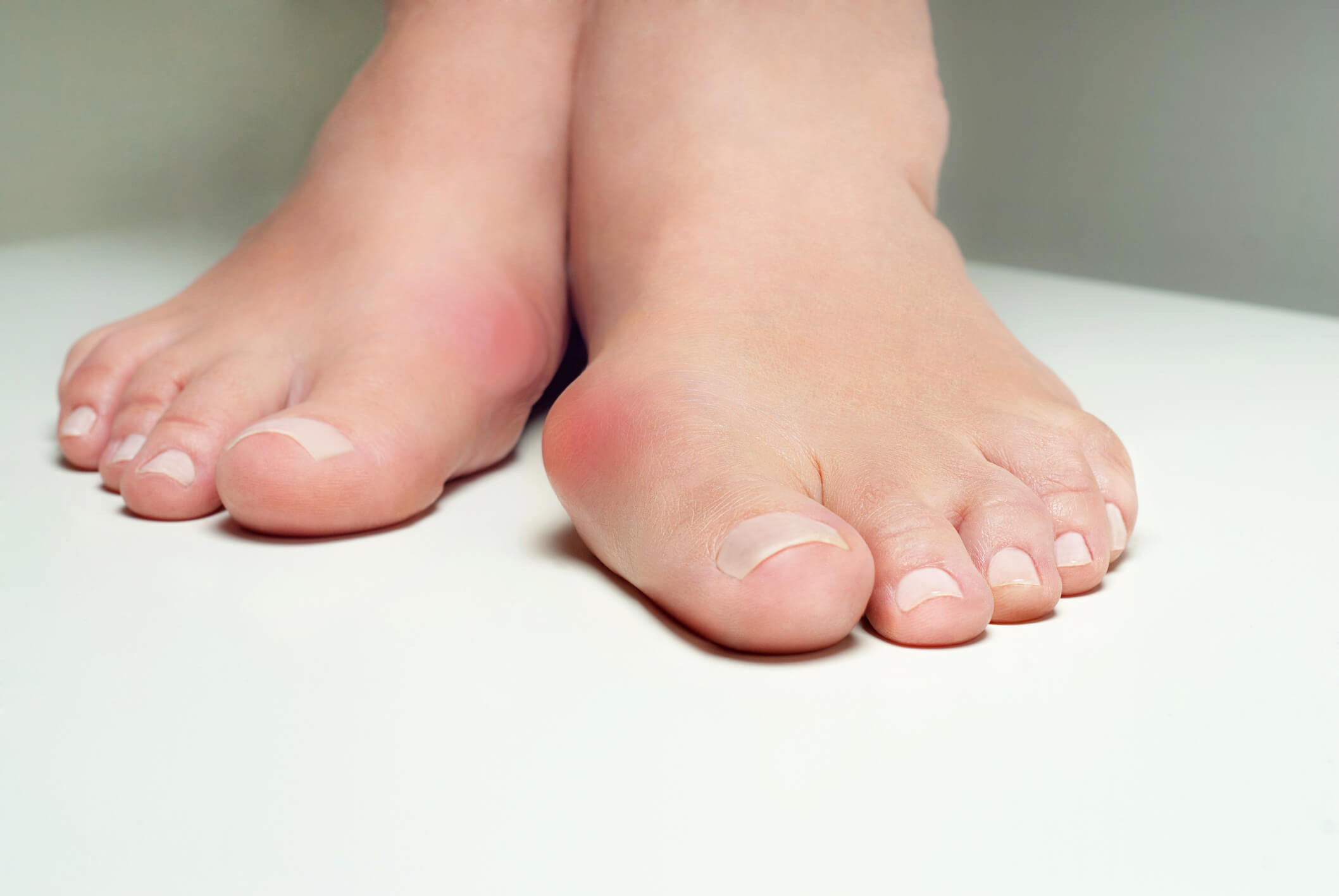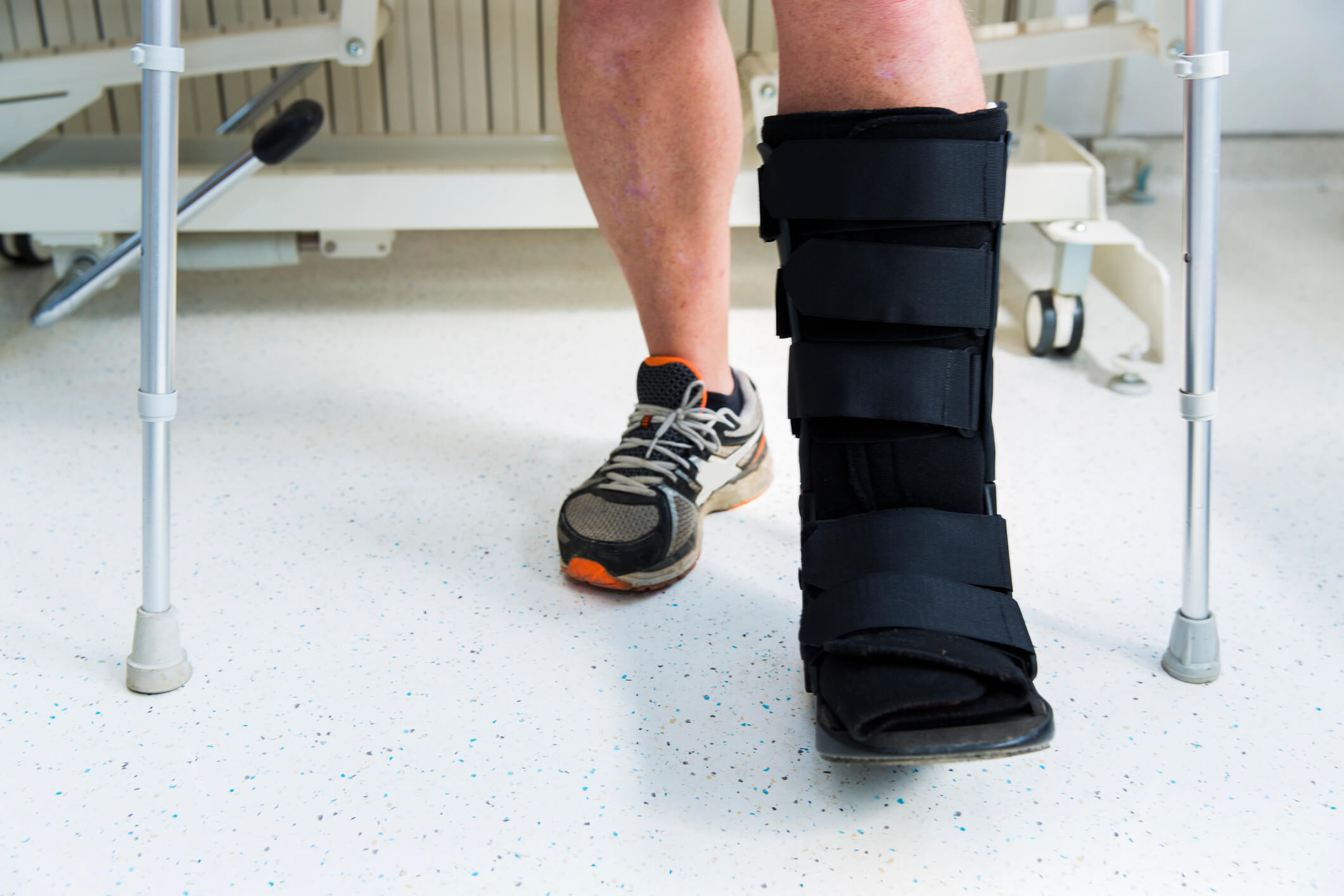Mr Trevor Prior
Consultant Podiatric Surgeon
Specialist expertise: Foot Surgery, Sports Injuries, Biomechanics and Gait Analysis, Orthoses, Diabetic Foot Complications, Podiatry, Podiatric Surgery.
Our team of Podiatry Consultants treat conditions that affect not only the feet, but other major areas of the body. The field of podiatry is based on teamwork. As such, your podiatrist at OneWelbeck will work closely with other specialists to come up with the right individualised approach to ensure you’re onto the road to recovery as soon as possible. Podiatry teams commonly include some of the following specialists: sports medicine consultants, physiotherapists, osteopaths, orthopaedic surgeons, and strength and conditioning coaches.

Podiatry is a medical field that is devoted to the study, diagnosis, disorders, and diseases of the feet.


Podiatrists are qualified professionals who have had three years of training to be able to diagnose and treat both common and abnormal conditions of the feet. Podiatrists use non-invasive methods of treatment, apart from when performing nail surgery, and this non-surgical approach remains the basis of treatment for foot problems.
Podiatrists are not medically trained so are not doctors, however they go through extensive postgraduate training that permit them to carry out foot surgery. Podiatric surgeons only operate on the foot and are highly specialised in this area.
Foot surgery
General anaesthetic causes nausea and drowsiness, so many foot surgeries are performed under local anaesthetic to avoid these symptoms. Lots of patients are misinformed on local anaesthetic and believe that some pain sensations will still be present if it’s used, however modern local anaesthetic techniques restrict the sensation of pain entirely. Patients will still feel movement and pressure however these feelings are not painful.
Biomechanics
Podiatric biomechanics is an aspect of medical technology that includes evaluation of the alignment, structure and function of the legs and feet. The foot is unique to the human, it allows us to have the ability to walk upright and adapt to the surface which we walk on. During early human evolution, the terrain in which we walked upon was uneven and the foot was adapted to allow us to walk on it through a complex set of muscles and joints. In the present day, the surfaces that we walk on are flat and man-made which restrict the legs and feet, subjecting them to substandard yet repetitive movements. The repetitive movements that come with walking on flat surfaces can places stress on the legs, feet, pelvis, and spine causing discomfort or pain. You may be more susceptible to problems if you have low-arched (pronated) or high-arched (supinated) foot, however there are other things that can also affect function, for example: muscle inflexibility and weakness, footwear, or activity levels. Your underlying structure and function can be assessed in detail to help detect factors that could be causing or contributing to your discomfort. Shoe inserts called orthoses can assist to control the foot and therefore leg’s function which can reduce discomfort.
The nonsurgical option for treating problems concerning the foot should be considered initially, however surgery is always an option for treatment. Conditions that require foot surgery include: